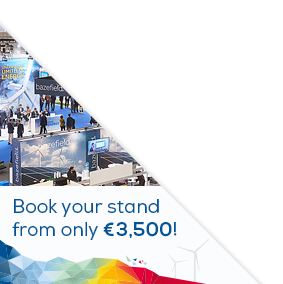Posters
Siblings:
ProceedingsProgrammeProceedingsSpeakersPostersContent PartnersElectrification StageMarkets TheatreR&I ActivitiesStudent DayProgramme Committee & abstracts reviewersPresenters dashboardCome meet the poster presenters to ask them questions and discuss their work
We would like to invite you to come and see the posters at our upcoming conference. The posters will showcase a diverse range of research topics and provide an opportunity for delegates to engage with the authors and learn more about their work. Whether you are a seasoned researcher or simply curious about the latest developments in your field, we believe that the posters will offer something of interest to everyone. So please, join us at the conference and take advantage of this opportunity to learn and engage with your peers in the academic community. We look forward to seeing you there!

PO172: Wind resource assessment with mesoscale-microscale coupling method in coastal area in China
Ru LI, Senior research engineer, Meteodyn
Abstract
The wind climate condition at large wind farms, essentially the thermal stability effect, was rarely considered in the wind resource assessment and now draws more and more attention. Instead of the approach of refining the meso-scale model resolution to investigate the near ground wind flow, an alternative of the coupling meso-scale model and the micro-scale model is investigated. The time-series or statistic climate data which cannot be obtained easily in micro-scale model, like temperature, heat flux, and humidity etc., will be introduced in the micro-scale model. Therefore, both the topography's and the climate condition's impacts on wind characters are better considered than the meso-scale method. In Meteodyn WT, the statistic meso-scale data is introduced in the micro-scale model to estimate the wind resource assessment. In this study, a complex site in China is studied using the Meteodyn WT software and its mesoscale-microscale coupling functionality, where forty turbines are installed near the coastal area. The objective is to evaluate the calculated turbine energy production against the SCADA data. The SCADA data shows that the energy productions in the site are more important than the calculated ones. Although the influence of climate data doesn't allow to agree productions very well with SCADA data for all turbines, it allows to give some improvements.







